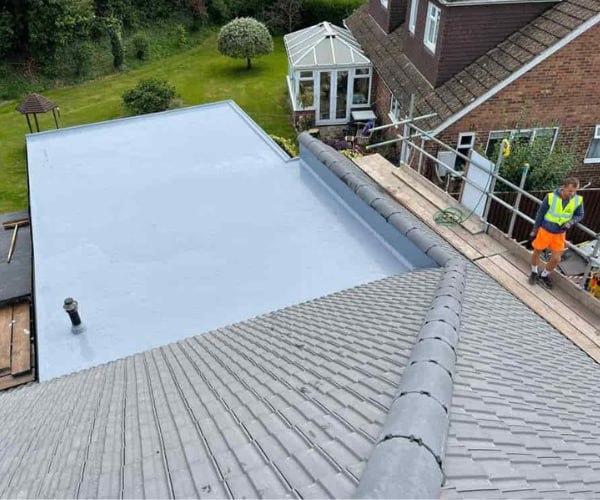How Do You Fix a Sagging Roof Safely?
A sagging roof is a significant issue that not only affects the structural integrity of your home but also poses safety risks. Whether the sagging is due to age, poor construction, or weather damage, addressing the problem promptly and safely is essential. Here is a professional guide to fixing a sagging roof for homeowners in Shefford, Bedfordshire.
Identifying the Cause of Roof Sagging
Before fixing a sagging roof, understanding its underlying cause is crucial. Common reasons include:
1. Ageing Roof Materials
Over time, roofing materials such as tiles, shingles, or wood can weaken, leading to sagging.
2. Excess Weight
Heavy snow, water pooling, or additional loads from solar panels can strain the roof structure.
3. Structural Issues
Improper design, insufficient support beams, or weakened trusses can compromise a roof’s ability to hold its shape.
4. Water Damage
Leaking roofs can cause timber rot or mould, leading to weakened support structures.
Steps to Fix a Sagging Roof Safely
1. Professional Inspection
Begin by hiring a qualified roofing professional to assess the extent of the damage. They will identify the root cause and recommend the best course of action.
2. Reinforce the Roof Structure
If the issue lies with weakened trusses or beams, reinforcement is necessary. This may involve:
- Adding sister beams to strengthen existing joists.
- Installing additional support posts or braces.
3. Replace Damaged Materials
If roofing materials such as shingles or tiles are damaged, they should be replaced. Ensuring that the new materials match the existing roof is vital for aesthetic and functional consistency.
4. Improve Roof Ventilation
Poor ventilation can cause moisture build-up, leading to structural issues. Installing vents or improving existing ones helps maintain a dry and stable environment.
5. Address Drainage Problems
Ensure that gutters and downpipes are functioning correctly to prevent water pooling. Proper drainage reduces the risk of sagging caused by water damage.
6. Remove Excess Weight
If heavy snow, debris, or other loads have caused the sagging, removing the excess weight and reinforcing the roof may be necessary.
Safety Precautions During Roof Repairs
Use Protective Gear
Ensure workers wear helmets, harnesses, and non-slip footwear.
Secure the Work Area
Keep the area below the roof clear to avoid accidents from falling debris.
Avoid DIY Repairs
Roof repairs are complex and risky. Always hire a professional roofing contractor for safety and quality results.
Preventing Future Roof Sagging
Regular Maintenance
Inspect your roof annually and after severe weather to catch minor issues before they escalate.
Quality Materials
Invest in high-quality roofing materials designed to withstand your area’s climate conditions.
Professional Installation
Ensure your roof is installed by qualified professionals to avoid structural weaknesses.
Conclusion
Fixing a sagging roof requires expertise, safety measures, and high-quality materials. Addressing the problem promptly not only restores the structural integrity of your home but also enhances its value and appearance.
For reliable and professional roof repair services in Shefford, Bedfordshire, contact DHG Roofing Shefford. Our experienced team ensures your roof is safe, durable, and built to last. Let us help you protect your home.
Call us on: 01462 411 095
Click here to find out more about DHG Roofing Shefford
Click here to complete our contact form and see how we can help with your roofing needs.

